ANTARCTIC PENINSULA, CROSSING THE CIRCLE
__________________
__________________
| Day | Place | Highlights |
| Day 1 | Embarkation Ushuaia | Beagle Channel |
| Days 2-3 | At Sea | Crossing the Drake Passage |
| Days 4-5 |
Antarctic Peninsula | Cuverville Island, Neko Harbour, Paradise Bay |
| Days 6-8 |
Crossing the Circle | Pourquoi Pas Island, Horseshoe Island, Stonningtone Island, Hanusse Bay |
| Days 9-11 |
Antarctic Peninsula | Crystal Sound, Petermann & Pleneau Islands, whales |
| Days 12-13 | At Sea | Drake Passage |
| Days 14 | Ushuaia | Disembark |
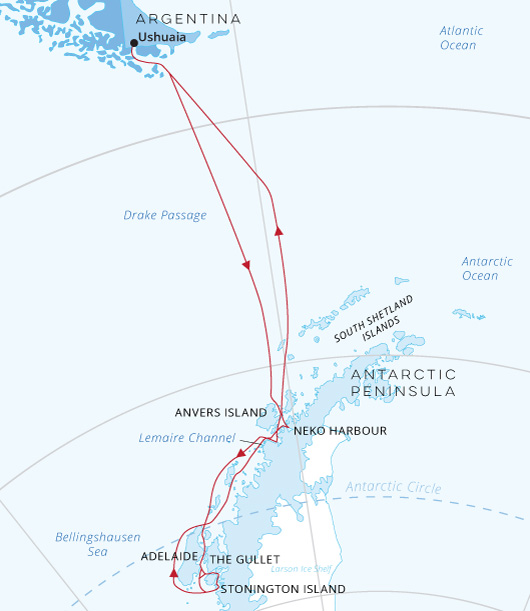
The Hondius (176 guests) takes her maiden voyage in 2019. She has an Ice class rating of 6, the most advanced to date. The Hondius will offer deluxe accommodations for a total 176 guests. One deck has been entirely reserved for lectures and presentations in one large observation lounge. The ship’s main focus remains discovery, taking advantage of wildlife opportunities and the related shore activities. Efficient zodiac embarkation is guaranteed with two separate gangways and in addition a zodiac embarkation indoor-platform which can also be used for special activities such as kayaking.

Your adventure begins at in the city of Ushuaia is the world’s southernmost city, the capital of Tierra del Fuego and the main starting point for many voyages to Antarctica. Admire the views of Beagle Channel and the Andes Mountains. If you arrive early, you may want to visit Tierra del Fuego National Park.
In the afternoon the ship will set sail. Explore the ship and get comfortable in your home away from home for the extraordinary adventure to come. Meet the other guests onboard as well as you Expedition Team and crew. Set sail for the Antarctic Peninsula along the Beagle Channel.
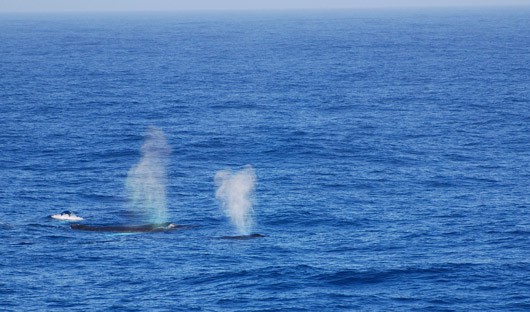
Over the next two days on the Drake Passage, you enjoy some of the same experiences encountered by the great polar explorers who first charted these regions: cool salt breezes, rolling seas, maybe even a fin whale spouting up sea spray. After passing the Antarctic Convergence – Antarctica’s natural boundary, formed when north-flowing cold waters collide with warmer sub-Antarctic seas – you are in the circum-Antarctic upwelling zone. Not only does the marine life change, the avian life changes too. Wandering albatrosses, grey-headed albatrosses, black-browed albatrosses, light-mantled sooty albatrosses, cape pigeons, southern fulmars, Wilson’s storm petrels, blue petrels, and Antarctic petrels are a few of the birds you might see.
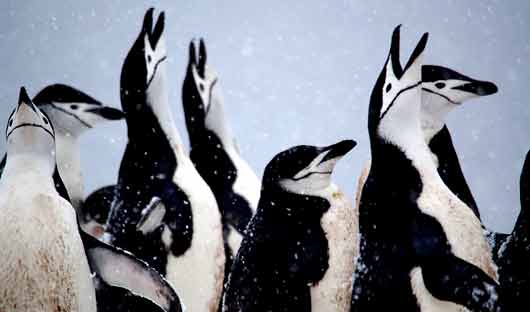
You will be welcomed to Antarctica by grey stone peaks sketched with snow, towers of broken blue-white ice, and dramatically different wildlife. As you reach the Antarctic Peninsula the ship will pass the snow-capped Melchior Islands and Schollaert Channel, sailing between Brabant and Anvers Islands.
The intended route for you Antarctic adventure includes:
Cuverville Island – A small precipitous island nestled between the mountains of the Antarctic Peninsula and Rongé Island, Cuverville houses a large colony of gentoo penguins and breeding pairs of brown skuas.
Neko Harbour – An epic landscape of mammoth glaciers and endless wind-carved snow, Neko Harbour offers opportunities for a Zodiac cruise and landing that afford the closest views of the surrounding alpine peaks.
Paradise Bay – You could take a Zodiac cruise in these sprawling, ice-flecked waters before sailing to the Lemaire Channel.
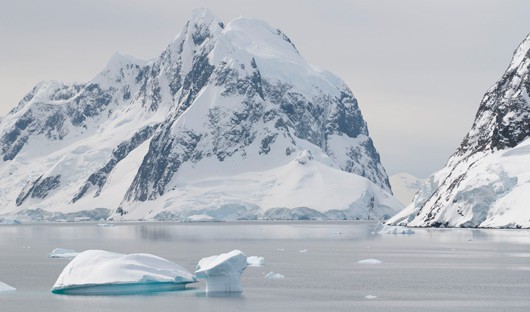
After a comfortable night of sailing, you wake among the many islands south of Lemaire Channel. You are now near the Antarctic Circle. At this point, a voyage through the aptly named Gullet – a narrow but picturesque channel between Adelaide Island and the Antarctic Continent – is possible if the ice isn’t too thick.
Along the way, you may enjoy the following visits:
Pourquoi Pas Island – You might circumnavigate this island, named after the ship of the famous French explorer Jean-Baptiste Charcot. This location is known for its tight fjords and lofty, glacier-crowded mountains.
Horseshoe Island – This is the location of the former British Base Y, a remnant of the 1950s that is now unmanned though still equipped with almost all the technology it had while in service.
Stonington Island – Home to the former US East Base and British Base E, which was occupied until 1975, this island marks the southernmost landing site of the trip – 68° south. If a landing here is possible, your road turns north again afterward, through the Gunnel Channel.
Hanusse Bay – Enjoy the scattered icebergs of this scenic bay, which offers a good chance of spotting whales.
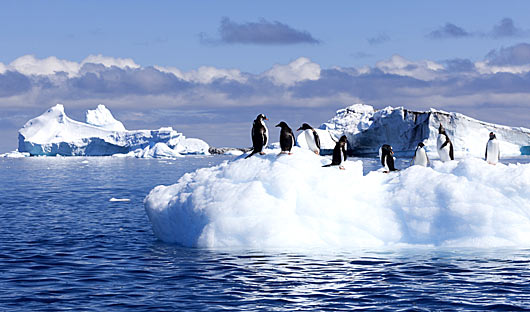
The ship will near the Antarctic Circle again, cutting north through the countless ice floes of Crystal Sound. Humpback whale sightings are likely, and your approach to the Fish Islands offers the possibility of a Zodiac cruise or even a landing. Whatever the case, the views beyond comparison in this area. There may also be more Adélie penguins congregating among the bergs nearby. Petermann & Pléneau Islands provide a great variety of birdlife, along with possibilities for Zodiac cruises among icebergs that are highly popular among leopard and crabeater seals. Minke whales, humpbacks, and gentoo penguins can also be found here.
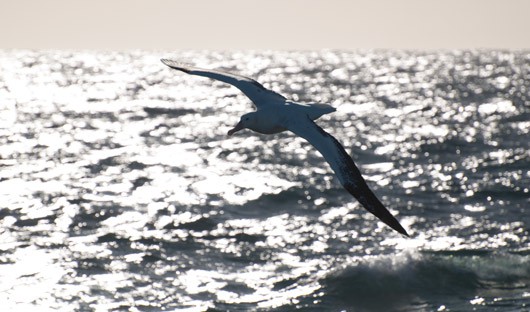
While crossing the Drake, you will again be greeted by the vast array of seabirds remembered from the passage south. Spend some time attending the educational program offered by the expedition team and sharing photos and stories with your fellow travellers.
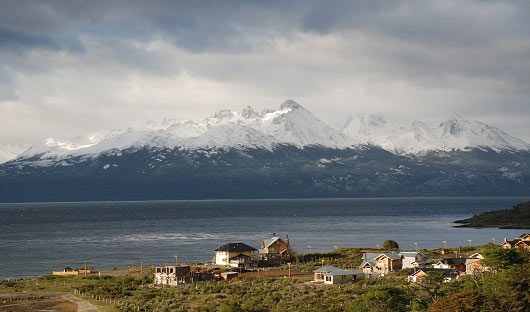
Disembark following breakfast and join the group transfer to the airport. Alternatively you may wish to stay in Patagonia for a bit longer and explore.
To make the most of your time in South America we can tailor a holiday to Patagonia to suit your voyage dates. If you have a bit more time we can create a tailor-made itinerary to some of the highlights of South America. Take a look at the Patagonia sample itineraries below and contact us to begin creating your perfect holiday.
18 Days
4 Days
5 Days